What can I plant against my foundation to hide the ugly concrete but without causing structural damage?
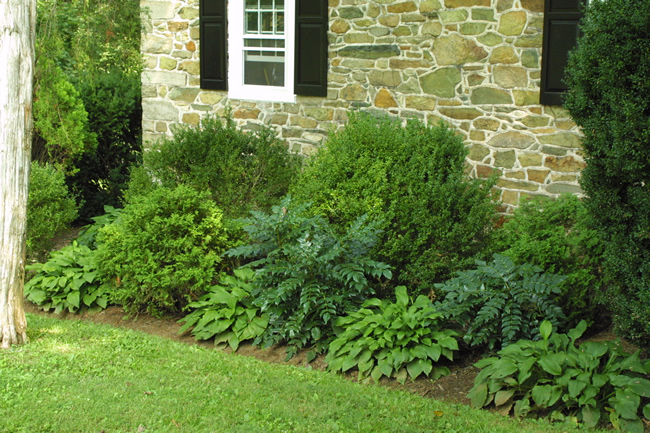
Evergreen shrubs, the classic go-to screening for foundations, will camouflage a concrete wall year-round—but they can often be as monotonous in appearance as the wall itself! Add interest by interplanting evergreens with flowering perennials or deciduous shrubs. Allow a few plants to reach a height where their flowers will be visible from indoors, or where their perfume can waft in through the window on a summer evening.
The root systems of evergreens tend to be smaller than those of deciduous trees, and most, especially the dwarf varieties, will do no damage to your foundation. You can also paint the foundation a nicer color, to create a more finished look.
We would like to incorporate vegetables into our ornamental gardens. What advice do you have to keep the areas looking lush and full after we harvest the edibles?
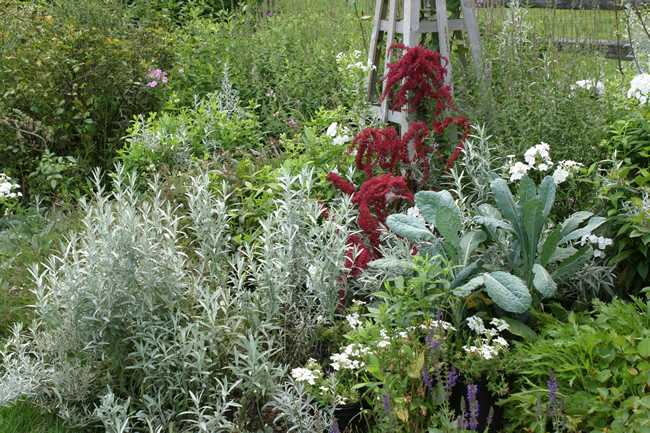
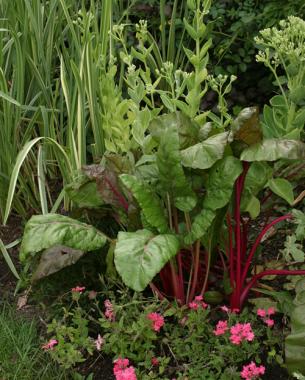
Excellent question. Many veggie plants, like bush beans, kale, or peas grown on a tuteur are truly beautiful in the ornamental bed, but they leave a gaping hole once their season is past. I suggest a nursery bed of late-season flowering annuals. As soon as a vacancy opens up in your ornamental edible garden, scoop up an annual and transplant it into the empty space.
Alternatively, you can use container plants, such as a potted banana plant or elephant ear, and then move the plant indoors after frost.
How close can I plant to my septic tank/leaching fields?
Check with your local engineers as different types of septic and leaching fields may have specific limitations. Typically, you can plant herbaceous plants directly on top of leach but avoid trees and shrubs or plants with woody stems or trunks.
I have a lot of straight lines in my landscape. Is there any way to jazz things up?
Straight lines can be comforting – they provide a sense of order and reassuring symmetry—but you’re right to look for ways to keep them from becoming rigid and boring. Without altering the hardscape of your yard, you can soften straight lines by adding plants that create texture and movement. Look for billowy forms that might blow in the wind – shrub willows, for example, or ornamental grasses – or plants with soft foliage like lambs’ ears, and allow groundcovers to spill over the edges of walkways and patios.
We want to create a path to our front door from the driveway, but don’t want to spend too much money and would like it to look informal. What are some materials you would suggest?
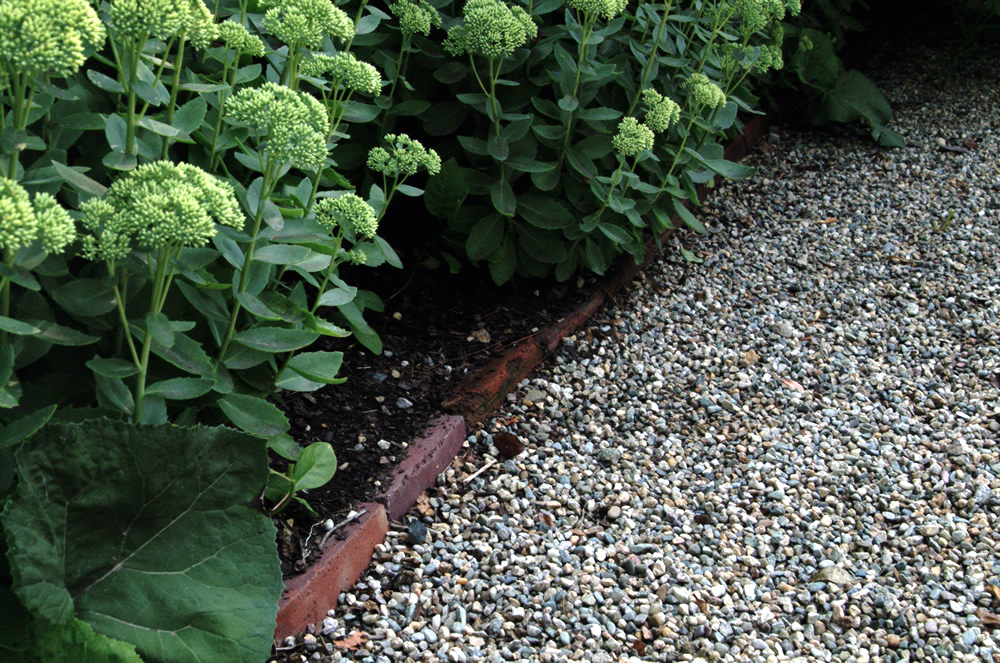
A bark mulch or tamped earth path is the easiest to install and least expensive—but beware in snowy or rainy climates! You might soon be tracking so much dirt into the house that you’ll find yourself paying to re-do the pathway. Peastone is a lovely alternative—attractive, permeable, and informal. Be sure to install edging that will keep those little pebbles from migrating into your lawn.
I have a very ho-hum landscape. What one area (color, hardscape, etc.) should I tackle first to create the most impact?
Choose the area that you look at the most – from the kitchen window, or where you sit when the kids are playing outside. A small improvement where you’ll appreciate it most will encourage you to do more in other areas of the yard.

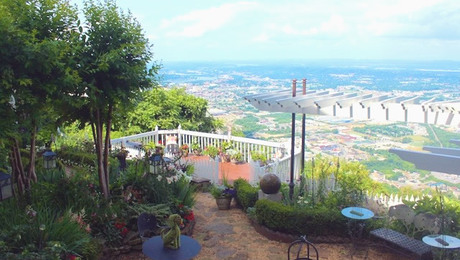
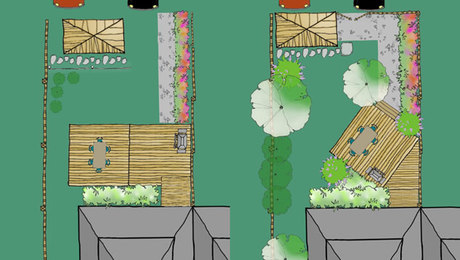
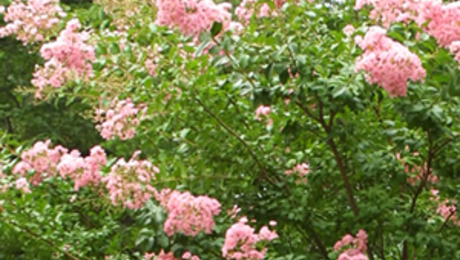













Comments
WHAT TABLET/POWDER OR LIQUID DROPS CAN BE PURCHASED FROM SHOPFOR
BETTER GROWTH OF BOTTLED PLAIN WATER MANI PLANT
Log in or create an account to post a comment.
Sign up Log in